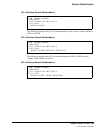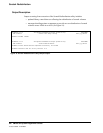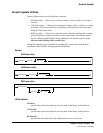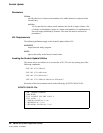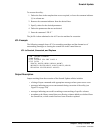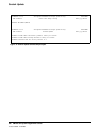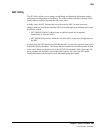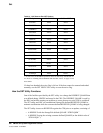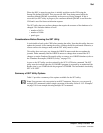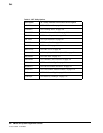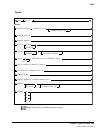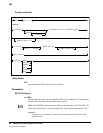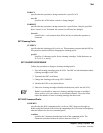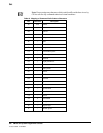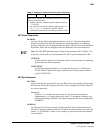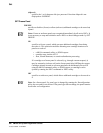
Chapter 4. Utility Functions 301
1st ed., 6/30/04 - 312579601
When the HSC is started on any host, it initially serializes on the CDS using the
StorageTek-defined QNAME. This prevents the HSC from being started while the
customer-defined QNAME is potentially in the process of being changed. If this is
successful (no SET utility in progress), the customer-defined QNAME is read from the
CDS and is used for future serialization requests.
The SET utility does not perform changes that require the structure of the database to be
changed. This includes number of hosts
• number of ACSs
• number of LSMs
• panel types.
Considerations Before Running the SET Utility
It is advisable to back up the CDS before running the utility. Note that this utility does not
update the journals. After running the utility, a backup should be performed. Otherwise, a
restore removes the changes made, and the SET utility must be rerun.
This utility does not in any way change the LIBGEN macros and does not update the
journals. Either manually edit the LIBGEN macros to change them to match the SET
changes or run the Database Decompile utility to create a new LIBGEN database (refer to
the “Database Decompile (LIBGEN) Utility” on page 225).
Access to the SET utility can be restricted by the SCP AUTHorize command. The SET
utility must be invoked when the SLUADMIN program is executed by an authorized Job
Reader; that is, one STARTed with the program AUTHRDR. The load module invoked by
SET is SLUSET.
Summary of SET Utility Options
Table 15 provides a summary of the options available for the SET utility.
Note: You can enter only one option in each SET statement. However, you can specify
multiple SET statements within a single execution of the utility. Refer to “JCL Examples”
on page 318 for an example showing multiple SET statements.
Set



